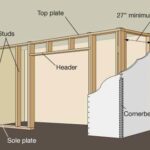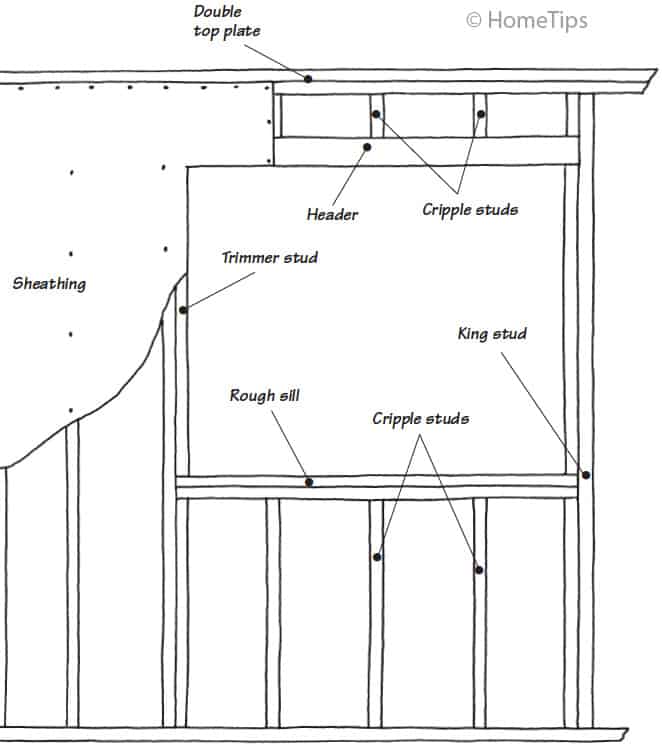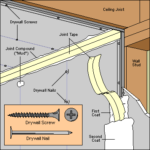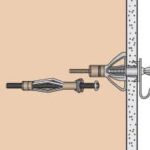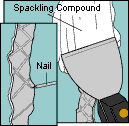Want a definition for the term “jack stud”? Here it is, along with the derivation of the term and what it means in modern building construction
In a deck of playing cards, the jack is less valuable than the king—but it still has its own important role to play. And so it is with wall studs.
In the world of wall studs that are used to frame a wall, the jack stud is shorter than the full-length king stud on each side of a window or door opening but critical for holding up the ends of the header that bridges the gap. The jack stud is sometimes called a trimmer stud.
The term “jack” derives from mid–16th century England, where it referred to a lad, knave, or common man:
Jack: (1) A man of the common people, a lad, fellow, chap, especially a low-bred or ill-mannered fellow, a knave. (2) That which takes the place of a lad or man, a machine for lifting weights from below; in building, a small brick or “bat” used as a closer at the end of a course.
In some uses, “jack” has a diminutive force or meaning, denoting things that are smaller or slighter than the normal ones: “jack rafter” or “jack stud.”
Next See:
• What is a Cripple Stud?
• How to Cut Drywall
• Wall Materials Buying Guide
Jack Stud FAQs
- What is the purpose of a jack stud?
A jack stud is crucial for supporting the ends of the header that bridges the gap over a window or door opening. It is shorter than the full-length studs but plays an important role in maintaining the structural integrity of the wall.
- What is a jack stud vs king stud?
In wall framing, a jack stud is shorter and positioned alongside the opening of a window or door, supporting the header. A king stud, on the other hand, is a full-length stud that runs from the top to the bottom plate and is located on each side of the jack stud.
- Is a jack stud the same as a trimmer?
Yes, a jack stud is also known as a trimmer stud. Both terms refer to the same component in wall framing that supports the header over a window or door opening.
- How do you nail a jack stud?
A jack stud should be positioned flat alongside the king stud and securely nailed to it with 8d or 12d nails every 8 to 10 inches. This ensures that the jack stud effectively supports the header.
- What is the code for jack studs?
Building codes for jack studs can vary, but they generally specify the requirements for the placement and number of jack studs based on the width of the opening and the load they must support.
- What size nails for jack studs?
The size of nails used for jack studs depends on the framing requirements and building codes, but typically, 8d or 12d nails are used to secure jack studs to king studs.
- How many jack studs are required?
Two jack studs are required—one at each side of the opening to support the header.
- What is the standard jack stud height?
Figure Jack stud height = Door height + Rough Opening Height – Bottom Plate Thickness. A common height for a jack stud for a standard 80-inch door is 81 inches.



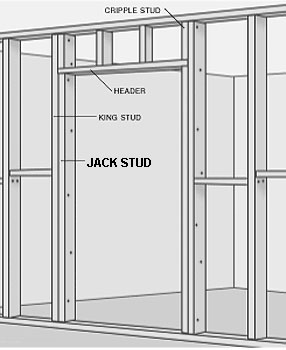
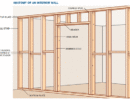
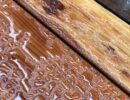


 Don Vandervort writes or edits every article at HomeTips. Don has:
Don Vandervort writes or edits every article at HomeTips. Don has:
